Tears of the Kingdom and Super Mario Wonder are perfect sequels
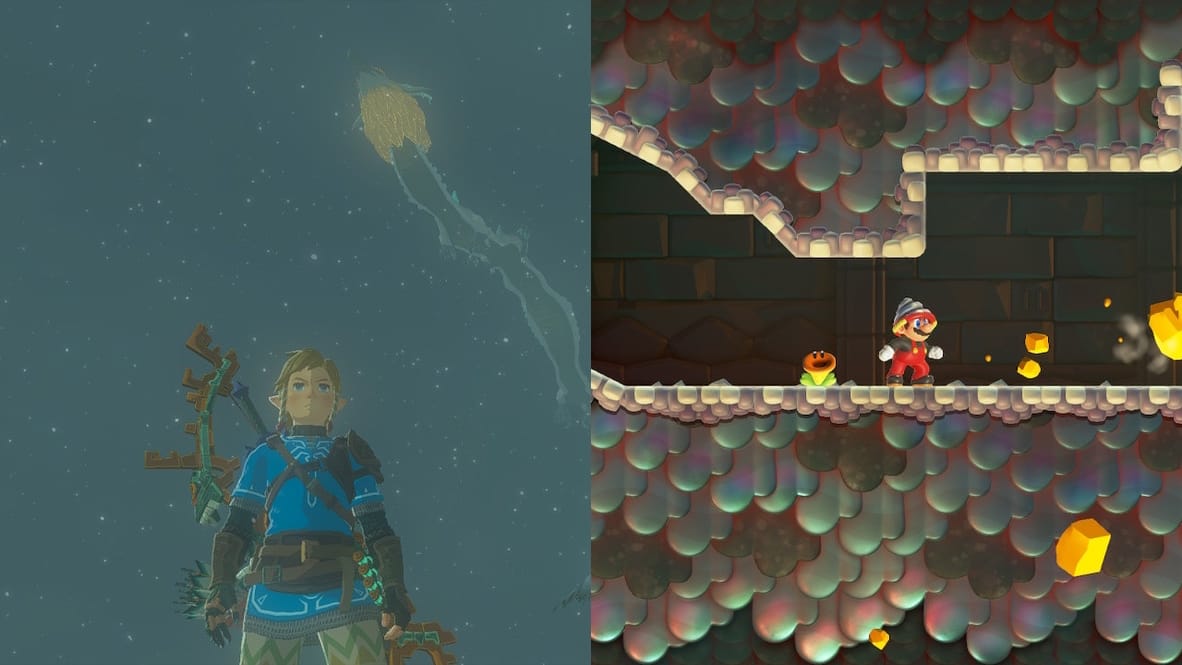
This year’s Mario and Zelda games take two contrasting but equally successful approaches to being a sequel.
The Legend of Zelda: Tears of the Kingdom and Super Mario Bros. Wonder are my two favorite games of the year. They’re also two brilliant and contrasting examples of how to produce a great sequel.
Sequels, to be blunt, are hard. It doesn’t matter if it’s a game, movie or book — if you liked something, it’s natural to want more. But what does “more” mean? Doing the same things again can feel stale and repetitive; retracing your steps means the elements of surprise and discovery are gone.
The developers of Mario Wonder explained how our expectations have grown over time. “When I think back to the first time I played the original Super Mario Bros. game, I remember feeling that it was full of hidden surprises and wonders,” says director Shiro Mouri. “Back then, everything was new and packed with unexpected delights. However, now that the Super Mario games have been enjoyed by players for many years, those things have somehow become ordinary.”
No game encapsulated the feeling of wonder like The Legend of Zelda: Breath of the Wild, hailed by many (including me) as the best game ever made. A reinvention of the Zelda formula, it turned players loose on the vast land of Hyrule, allowing them to discover the many secrets and surprises entirely at their own pace — or even skip them entirely. The player is given agency to choose their own path, make their own choices and come up with their own solutions.
Tears of the Kingdom is the most direct sequel the Zelda series has ever produced. It’s set shortly after Breath of the Wild, with the same characters in the same world. And yet it’s the furthest thing from being “more of the same.”
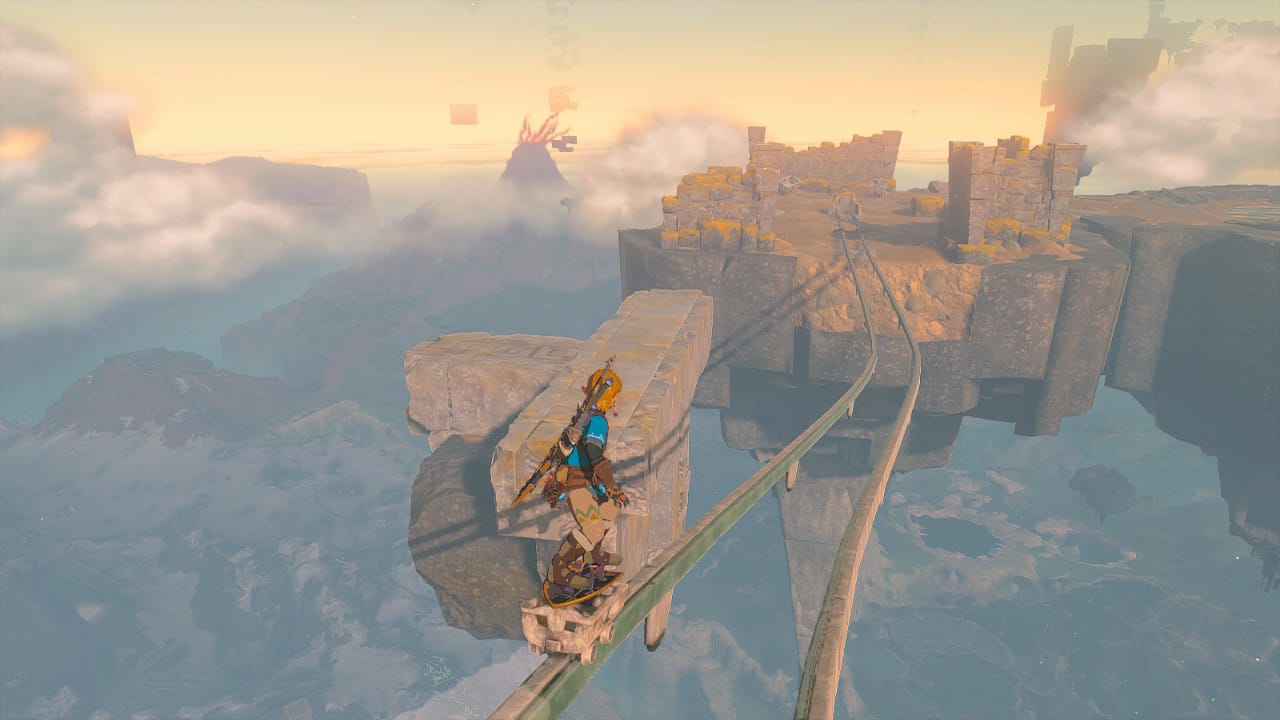
One of the central questions driving gameplay in Breath of the Wild is: How do I get there? You’ll see an interesting landmark in the distance and begin to make your way towards it; en route, other areas of interest that weren’t originally visible come into view, dragging you off the path to explore further.
Tears of the Kingdom keeps the same question at its heart, but manages to change the nature of the answer entirely with Ultrahand. That ability allows players to build their own vehicles — like boats, cars, even flying machines. When you think “how do I get there?” in Breath of the Wild, you think of the path you’ll take through the world. In Tears of the Kingdom, the question is about the vehicle you’ll create to take you there.
(I cannot emphasize both how limited my creativity is, yet how satisfying it is to build something that works. While people are out there building moving models of Godzilla, I’ll slap three wheels on a car and feel like Tony Stark.)
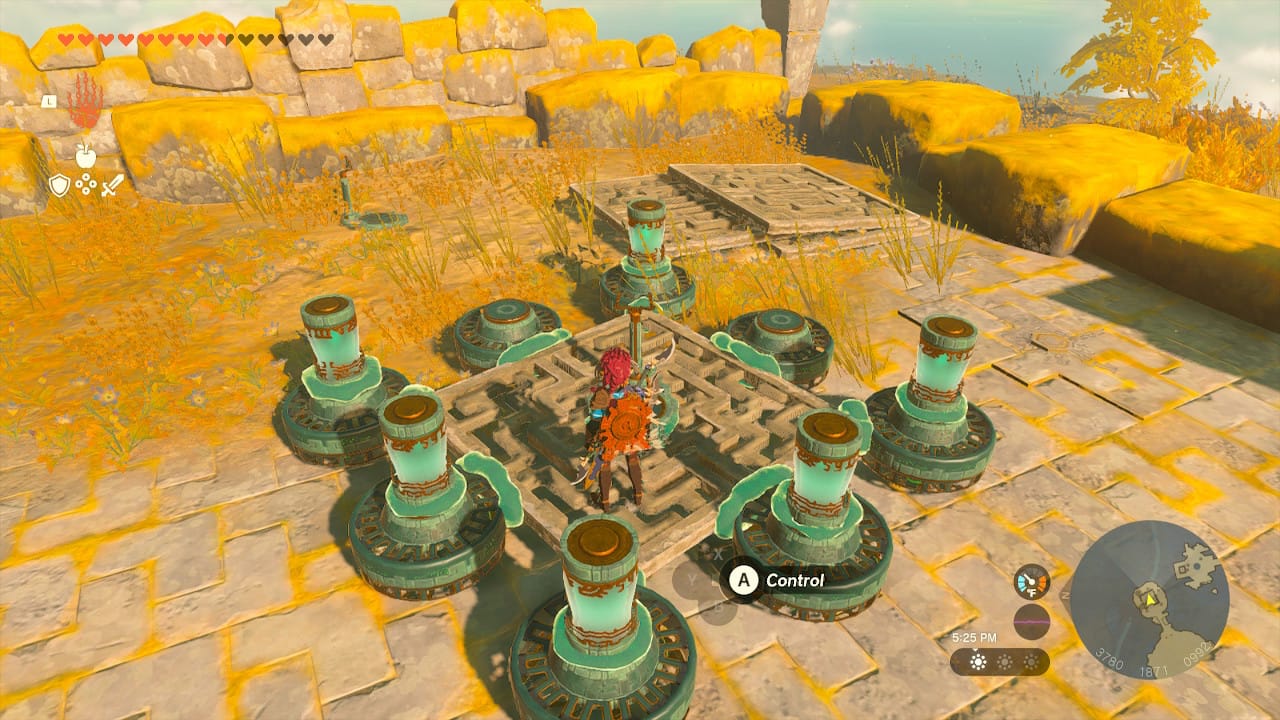
By re-using the same world — albeit with tweaks — Tears of the Kingdom ran the risk of feeling stale. I spent 250 hours exploring every little corner of Breath of the Wild’s Hyrule; I was captivated by the world and obsessed with uncovering all of its secrets. And as excited as I was for a sequel, a part of me worried that it couldn’t live up to the original if I already knew what was around every corner.
Director Hidemaro Fujibayashi echoed that feeling when he said, “We’ve heard from fans saying, ‘I wish I could erase all my memories of Breath of the Wild and relive it again,’ and within the development team, we thought, ‘How can we kind of provide that? How can we provide that experience?’”
Ultrahand solves that. I’m not bothered that I already know where things are; I’m too busy thinking about what I can build to get me there. It adds an entirely new dimension to the game, challenging players in a different way.
In contrast to Tears of the Kingdom, Super Mario Bros. Wonder is more of a spiritual sequel. It doesn’t directly follow on from any previous Mario game; it forges a new path, a new graphical style and introduces plenty of new elements. At the same time, it feels like a modern take on the game that launched with the Super Famicom, Super Mario World.
John Linneman at Digital Foundry broke down how the feel of Wonder — the way Mario jumps and moves — is more in line (although not exactly like) Mario World. He also noted that the game’s 3D characters are designed to look like 2D sprites, eschewing the constant movement of a 3D model by lingering on certain poses seen in, you guessed it, Mario World.
One of my favorite things about Mario World is the overworld, the map where the player walks Mario between levels, choosing which one to play next. In essence, the overworld is nothing more than a glorified level select screen. It could have been a menu, or something graphical but more linear like in Yoshi’s Island. But Super Mario World packs the overworld with secrets; hidden paths are hinted from the map itself. It’s incredible.
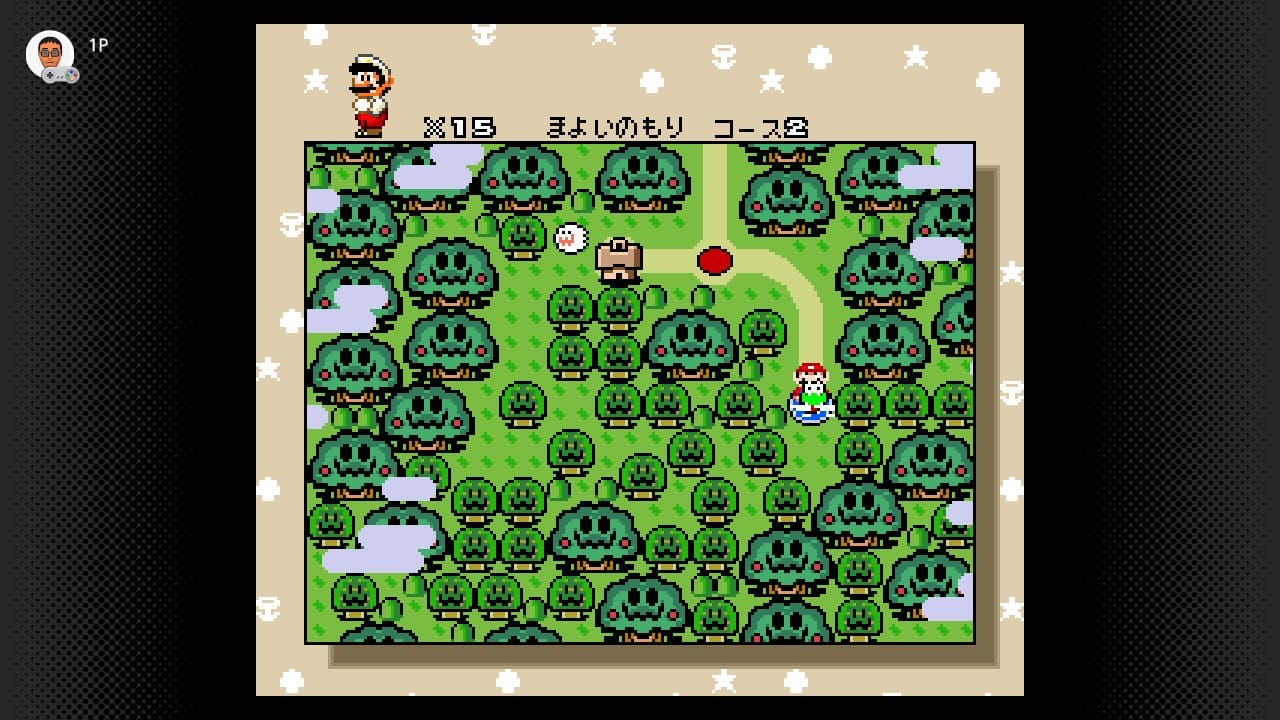
Wonder isn’t the only Mario game since 1991 with an overworld. But it’s the one that feels the most like Mario World’s; it’s there to be explored, with secrets to uncover, and the design leaves subtle hints to help you discover which levels have hidden exits.
Of course, Wonder goes way beyond Mario World in ways that were simply impossible 32 years ago. The game’s signature effect are the Wonder Flowers, which transform levels in bizarre ways: touching a Wonder Flower could make pipes walk, enemies sing, or transform Mario into another form entirely. It seems radical and different to anything the series has done before — but it’s not.
Past games are notorious for warping Mario to hidden areas, accessed via pipe, door or beanstalk. The developers simply saw the Wonder Flower transformations as the modern version of that. Director Mouri recounts series producer Takashi Tezuka telling him, “Warping somewhere else would be no different from previous games. Can't we make it so that the course itself transforms without players having to warp?”
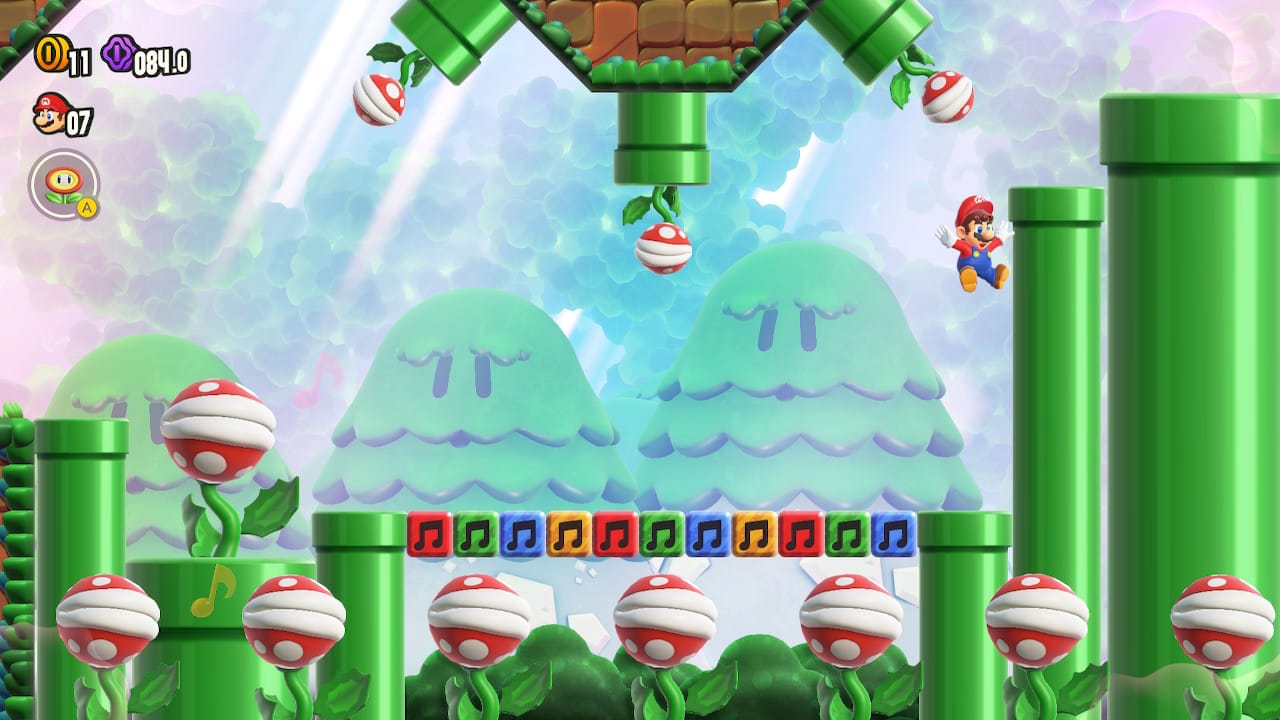
This isn’t the first time that new Mario and Zelda games have taken contrasting approaches. In fact, the very first follow-ups to both series were split on exactly how a sequel should work.
The Japanese release of Super Mario Bros. 2 — eventually released outside Japan as The Lost Levels — was closer to an expansion pack than a standalone sequel. Thinking that players had mastered the original Super Mario Bros, director Tezuka raised the difficulty to brutal levels for the sequel, filling it with tricks and traps. The opening level may have said World 1-1, but from another point of view it was World 9-1: it begins where the hardest level of the original game ends.
On the other hand, Zelda II: The Adventure of Link was as different from the original as could be. There was an RPG-style overworld with random enemy encounters, and much of the game was now played in side-scrolling sections rather than in a top-down view. Where Super Mario Bros. 2 virtually required you to finish the original, little of the skills or expertise you learned by playing the original Zelda was applicable to the sequel.
Neither approach worked. That version of Super Mario Bros. 2 was deemed too hard for Americans and an alternative Mario sequel was released there instead. The third Zelda game, meanwhile, returned to the style and gameplay of the original and is far more fondly remembered than Zelda II.
Sequels are hard. It’s difficult to follow up from a classic because doing the same thing just isn’t enough. As Mario Wonder’s designer Koichi Hayashida said, “What used to be wondrous back then is no longer wondrous today, neither for players nor for us developers.”
This year, Nintendo took two completely different approaches to bringing that wondrous feeling back to their two biggest franchises. And in The Legend of Zelda: Tears of the Kingdom and Super Mario Bros. Wonder, they’ve created two soaring successes.

